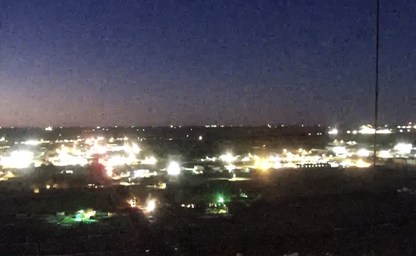
Amarillo
It is the 16th-most populous city in Texas

It is the 16th-most populous city in Texas
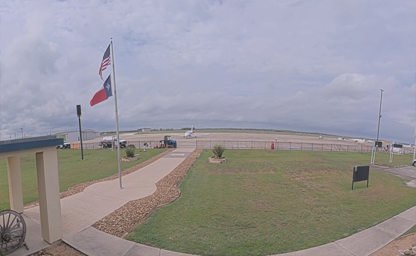
An American charter airline with its headquarters based in San Marcos
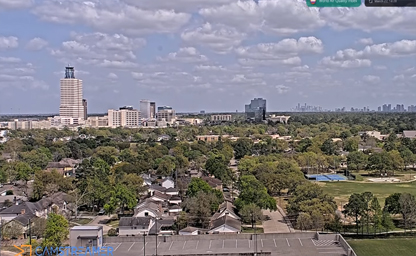
750 Town and Country Blvd Suite 950, Houston, TX
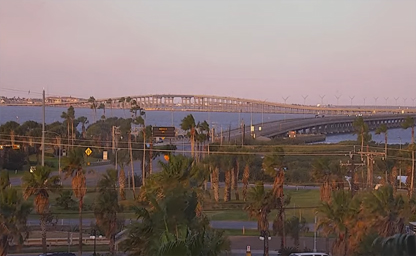
Situated directly on the beach of South Padre Island

The Dallas AEC is located at 17 Cowboys Way, Suite 700
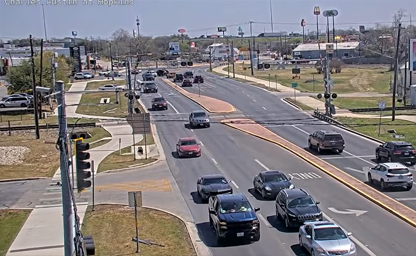
Hopkins originally found his way into San Marcos in June 1855
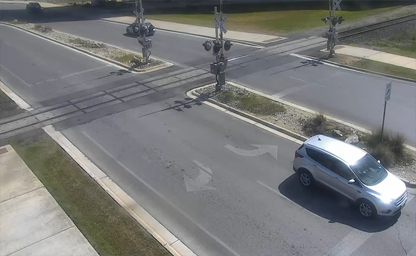
Situated some minutes away from Texas State University
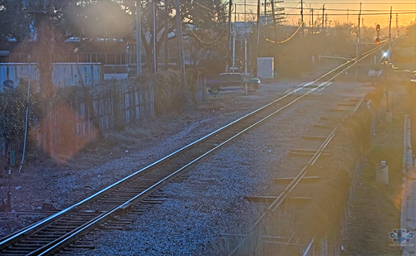
Where the Bell Line and Strang Sub meet
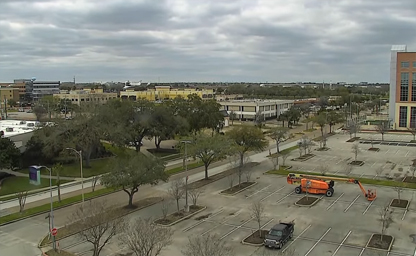
It is located in the Clear Lake Area near Galveston Ba

Intersection to accommodate a westbound left turn lane
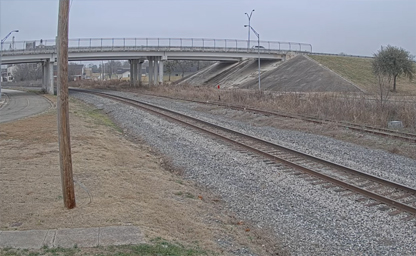
Situated at train track marker CP170
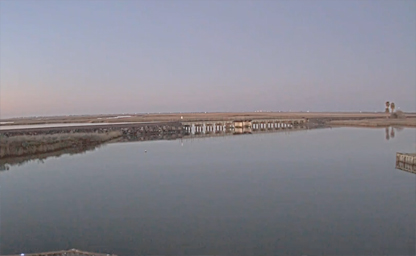
Low Clearance bridge - BNSF trains frequently pass by the railroad while bay fishing boats cruise the canal
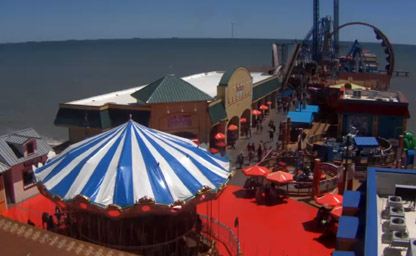
Waterfront fun and entertainment like no other Gulf Coast destination
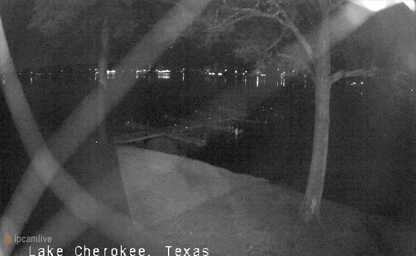
Situated 12 miles southeast of Gregg and northeastern Rusk counties on Cherokee Bayou
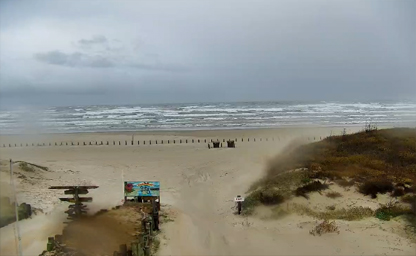
With the Gulf of Mexico only steps away, the beach is literally right outside your door
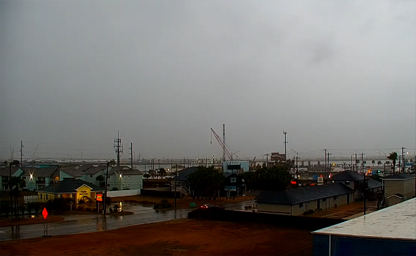
Is part of the Port Aransas Preservation and Historical Association
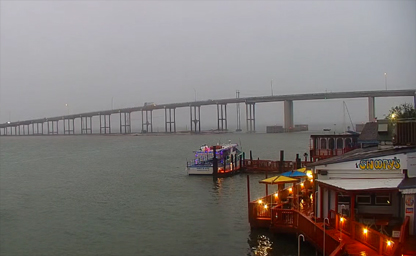
Is one of the only unobstructed views of the sunset over the water in all of Corpus Christi
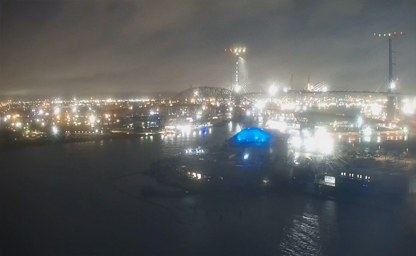
An Essex-class aircraft carrier built during World War II for the United States Navy

A minor league baseball stadium located in Corpus Christi
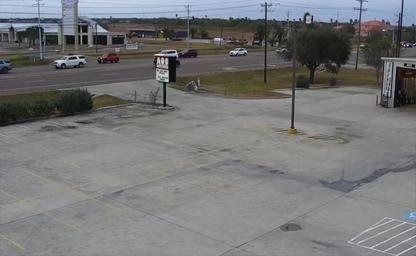
Located at the AOC Auto parts, a division of Arnold Oil Company
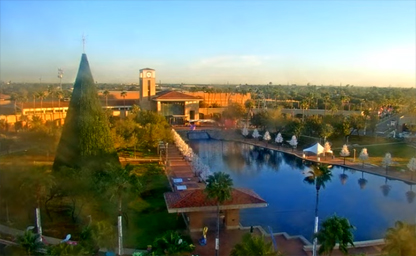
Observe the magnificent façade of the McAllen Convention Center and its lovely Oval Park
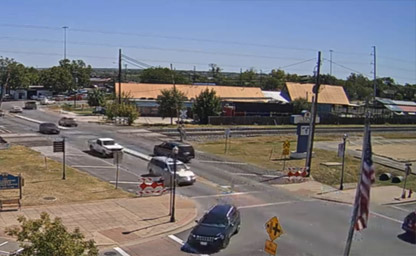
Strategically situated along the I-35 corridor, between two Top Performing Cities in Texas
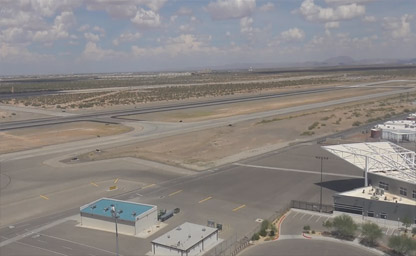
An international airport located four miles northeast of downtown El Paso
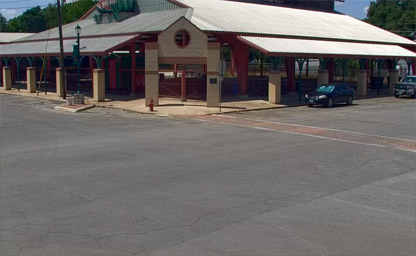
Is home to some of the best barbecue in the Lone Star State
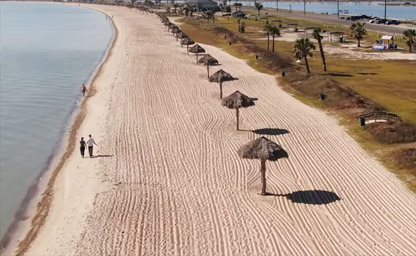
A one of kind world-class beach called "Rockport Beach Park"
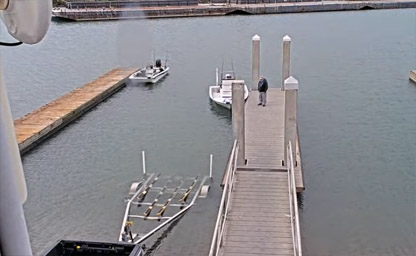
Located at Conn Brown's Harbor Point Park

The famous for its one-hour, 72 oz. steak dinner challenge
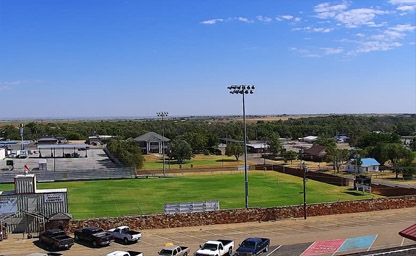
Situated on U.S. Highway 287 in the Texas Panhandle
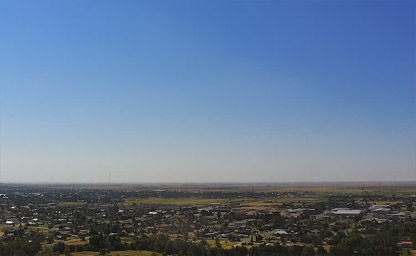
Situated in the Texas Panhandle
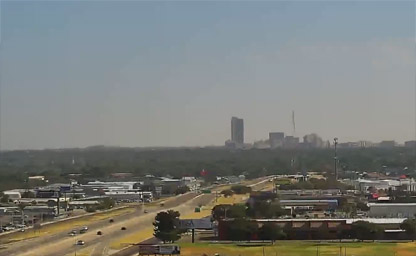
I-27 is commonly known as the Canyon Expressway
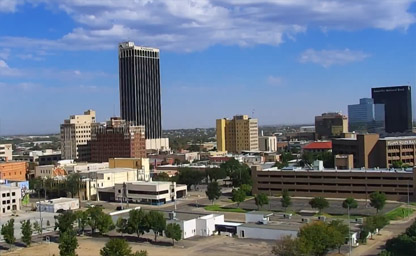
Located on the Plaza One 410 S. Taylor St.
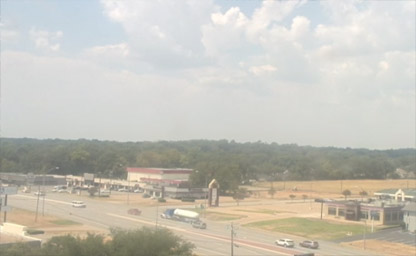
It's known as a center for rose cultivation
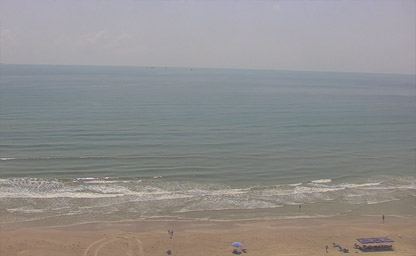
On prime beachfront property on Mustang Island
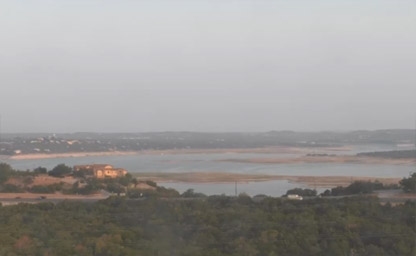
Nestled in a bend of the Colorado River, just south of Lake Travis

Interstate-35 (I-35) from Laredo, Texas, to Duluth, Minnesota
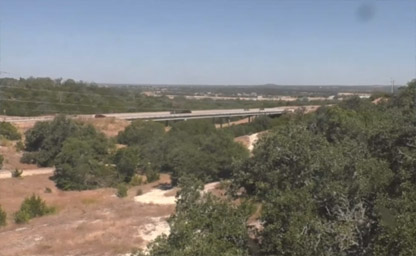
A part of the Greater Austin metropolitan area
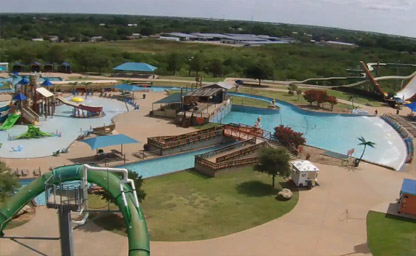
Castaway Cove Waterpark is a fabulous spot to bring the family
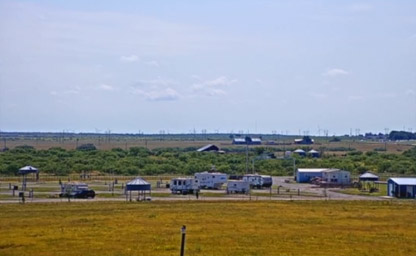
A city in and the county seat of Hardeman County
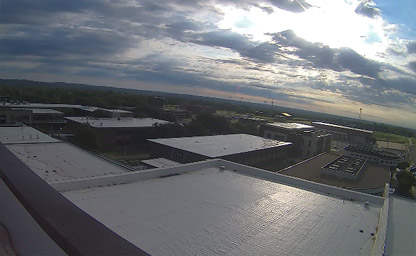
A public community college in Grayson County
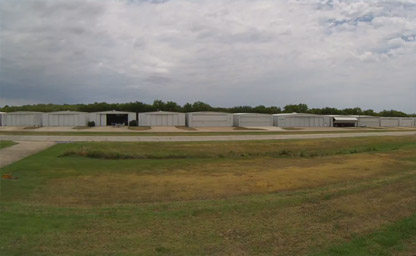
Northwest Regional Airport, 3 miles northwest of Roanoke, in Denton County
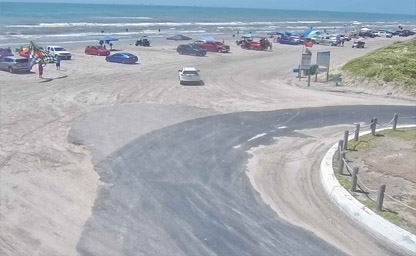
A beautiful beach found at the end of the Whitecap road
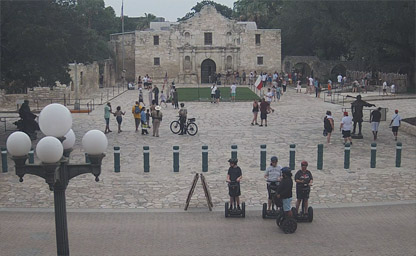
An historic district of downtown San Antonio in the U.S. state of Texas
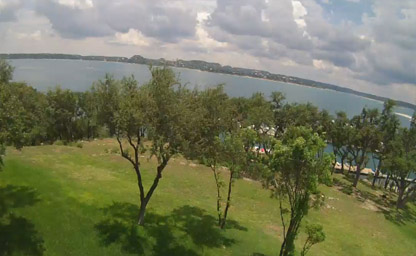
A census-designated place in Comal County
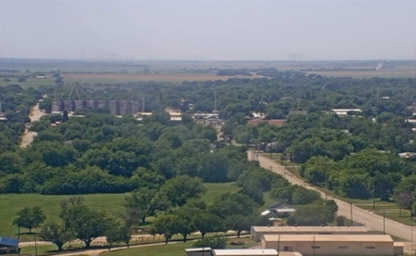
A city in and the county seat of Baylor County
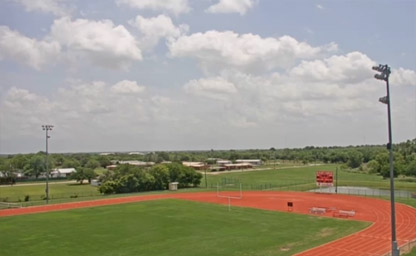
A rural community in north central Texas
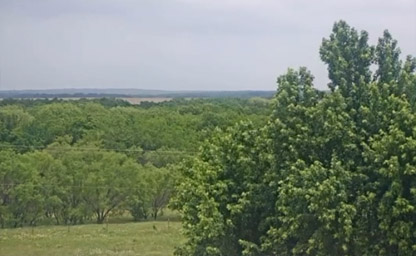
Midway Independent School District is a public school district in Texas
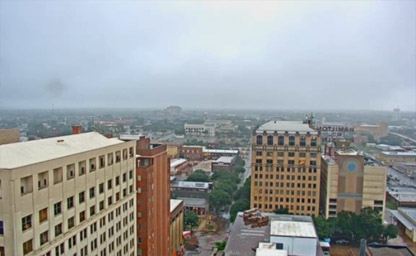
Set along a bend of the Wichita River

A city in Dallas, Denton, and Collin counties

Located off of the Northbound Access Road between Belt Line Road and Whitlock Lane
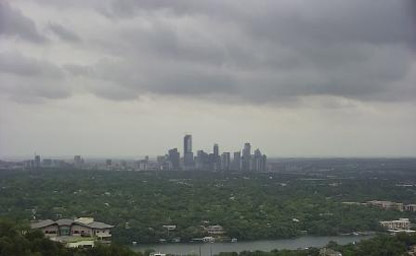
An inland city bordering the Hill Country region
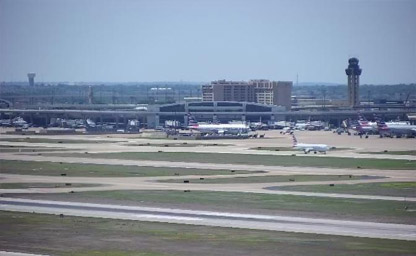
The primary international airport serving the Dallas–Fort Worth metroplex

Metroplex is located in the Texas blackland prairies region
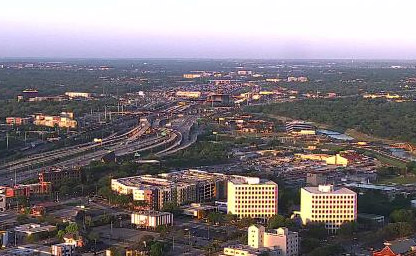
Burnett Plaza is the Tallest Building in Fort Worth

Looking out over the Rustin Pavilion and the gorgeous Southlake Town Square Family Park

Situated at Dallas, a modern metropolis in north Texas
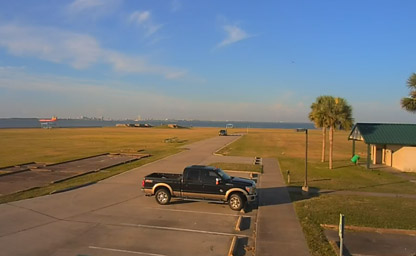
Showing Fort Travis, the bunkers, playground and anchorage area for ships
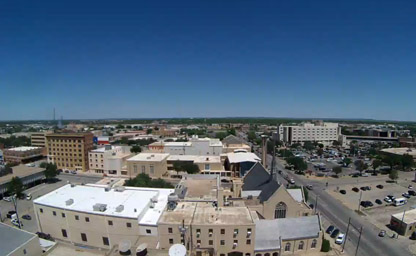
The heart of the city's historic area
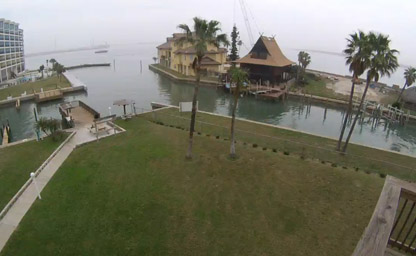
Check the surf conditions, current weather and beach activity
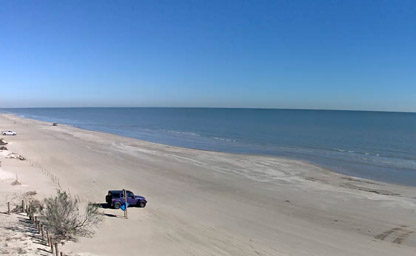
In the Bolivar Peninsula, Galveston County
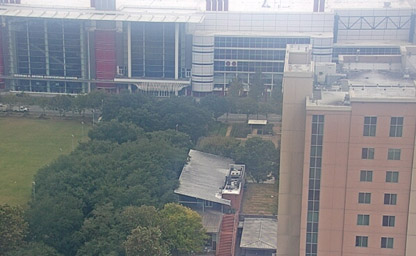
The Downtown Entertainment District, views of Avenida Houston
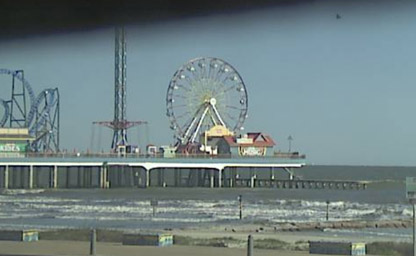
Located from the Historic Galveston Pleasure Pier

To feed our best friends better so they live a longer and healthier life
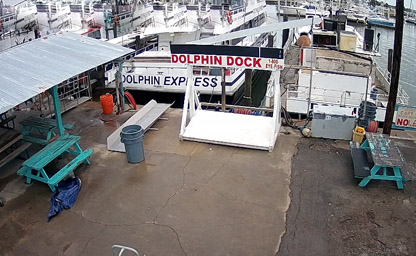
A city on Mustang Island, on the Texas coast
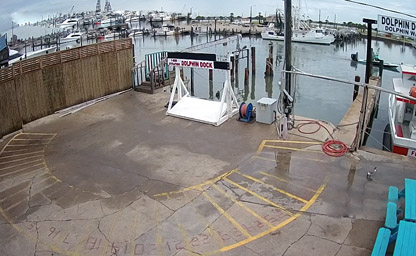
It's known for its beautiful Gulf of Mexico beaches and fish-filled waterways

Situated in Port Aransas Texas on the Gulf of Mexico
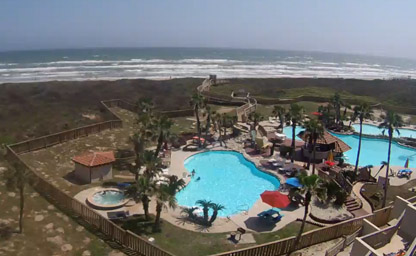
A beautiful city on Mustang Island, on the Texas coast
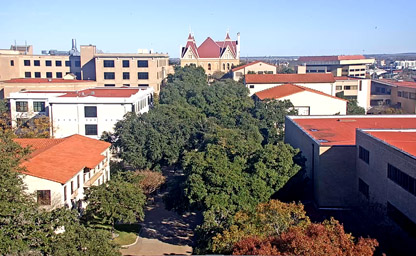
Enjoys a setting that is unique among Texas universities
IpLiveCams provide a real-time window into the Lone Star State’s vast landscapes, iconic landmarks, and bustling cities. From the rolling plains to vibrant urban centers, these cameras capture the diverse beauty and culture of Texas.
Nature enthusiasts can enjoy live feeds from places like Big Bend National Park, the Gulf Coast, and Palo Duro Canyon. These webcams showcase breathtaking deserts, pristine beaches, and rugged canyons, offering a glimpse of Texas’ natural wonders.
Urban-focused webcams in cities like Austin, Dallas, Houston, and San Antonio highlight the dynamic energy of Texas’ metropolitan areas. Viewers can explore live views of landmarks such as the Alamo, the San Antonio River Walk, and the Houston skyline, as well as cultural events and vibrant street scenes.
For a taste of Texas’ coastal charm, webcams along the Gulf Coast capture serene beaches, bustling harbors, and stunning sunsets over the water. Popular destinations like Galveston and South Padre Island provide real-time views of oceanfront beauty.
Seasonal changes in Texas bring variety to its landscapes, from colorful wildflowers in the spring to sunny summer days, and from the mild charm of fall to rare snowy scenes in the winter. Each season offers a unique perspective on the state’s beauty.
Whether you’re planning a visit, exploring the state’s natural attractions, or simply experiencing Texas’ vibrant culture from afar, live webcams provide an engaging way to connect with all that the Lone Star State has to offer.
Texas, a land rich in history and culture, has a story that spans thousands of years. Long before European settlers arrived, the region was home to diverse Native American tribes, including the Apache, Comanche, Caddo, and Karankawa. These indigenous peoples thrived in the varied landscapes of Texas, developing unique cultures, languages, and traditions that remain an integral part of the state’s identity.
The arrival of European explorers in the 16th century marked a turning point in Texas history. In 1519, Spanish explorer Alonso Álvarez de Pineda became the first European to map the coastline of Texas. Over the following decades, Spain claimed the region and established missions to spread Christianity and maintain control over its vast territories. These missions, such as the Alamo in San Antonio, remain historical landmarks and reminders of Texas's colonial past.
By the early 19th century, Texas underwent significant changes as Mexico gained independence from Spain in 1821, incorporating Texas into its territory. During this period, American settlers were invited to colonize the region under Mexican rule, leading to an influx of immigrants. However, tensions grew between the settlers and the Mexican government over issues such as governance and cultural differences.
The Texas Revolution of 1835–1836 marked a pivotal chapter in the state’s history. After a series of clashes, including the iconic Battle of the Alamo, Texan forces led by Sam Houston defeated Mexican General Santa Anna at the Battle of San Jacinto. This victory secured Texas's independence and the establishment of the Republic of Texas in 1836. For nearly a decade, Texas existed as an independent nation before joining the United States as the 28th state in 1845.
In the years that followed, Texas played a significant role in the Civil War, siding with the Confederacy. The post-war Reconstruction era brought challenges and changes, including the abolition of slavery and the rebuilding of the economy. The discovery of oil at Spindletop in 1901 transformed Texas into an economic powerhouse, sparking the growth of the petroleum industry and solidifying the state’s influence on the global stage.
Throughout the 20th century, Texas emerged as a leader in industries such as agriculture, energy, and technology. Cities like Houston, Dallas, and Austin became hubs of innovation and culture, while the state's diverse population continued to shape its unique character. Today, Texas remains a dynamic state with a rich history that attracts millions of visitors eager to explore its storied past.
Texas’s climate is as vast and varied as the state itself. Due to its immense size, Texas spans multiple climate zones, ranging from arid deserts in the west to humid subtropical regions in the east. This diversity creates distinct weather patterns that influence the state’s landscapes and activities.
In eastern Texas, where cities like Houston and Beaumont are located, the climate is humid and subtropical. Summers are hot and humid, with temperatures often exceeding 35°C (95°F), while winters are mild, rarely dropping below freezing. This region receives significant rainfall throughout the year, supporting lush forests, wetlands, and agricultural activities.
Central Texas, which includes Austin and San Antonio, experiences a more temperate climate. Summers are hot, with temperatures averaging around 32°C (90°F), but the region benefits from cooler evenings and occasional rainfall. Spring and fall are particularly pleasant, with moderate temperatures and blooming wildflowers, including the iconic Texas bluebonnet.
In contrast, western Texas is characterized by a semi-arid to arid climate. The region, home to cities like El Paso and Midland, features desert landscapes, rugged mountains, and sparse vegetation. Summers are scorching, with daytime temperatures often exceeding 40°C (104°F), while winters are cooler, with temperatures occasionally dipping below freezing. Rainfall is minimal, contributing to the arid conditions and unique ecosystems of the Chihuahuan Desert.
North Texas, including the Dallas-Fort Worth area, experiences a mix of climate influences. Summers are hot and humid, while winters can bring occasional cold fronts and light snowfall. This region is also prone to severe weather, including thunderstorms and tornadoes, particularly during spring and early summer.
In South Texas, near cities like Corpus Christi and Brownsville, the climate is subtropical, with hot summers and mild winters. The region’s proximity to the Gulf of Mexico moderates temperatures and contributes to higher humidity levels. Coastal areas benefit from sea breezes, making them popular destinations for beachgoers and water sports enthusiasts.
The diverse climate of Texas ensures there’s something for everyone, from snow-covered peaks in the Guadalupe Mountains to sunny beaches along the Gulf Coast. Each season offers unique opportunities to explore the state’s natural beauty and cultural attractions.
Texas, the second-largest state in the United States, boasts an extraordinary variety of geographical features that span its vast 695,662 square kilometers (268,596 square miles). The state is bordered by New Mexico, Oklahoma, Arkansas, Louisiana, and the Mexican states of Chihuahua, Coahuila, Nuevo León, and Tamaulipas, as well as the Gulf of Mexico to the southeast.
The eastern portion of Texas is dominated by the Piney Woods, a lush forested region that extends into Louisiana and Arkansas. This area is known for its towering pines, hardwood trees, and numerous lakes and rivers, such as the Sabine and Trinity Rivers. The Big Thicket National Preserve, a UNESCO-designated biosphere reserve, highlights the biodiversity of this region.
Central Texas transitions into the Hill Country, a region of rolling hills, limestone cliffs, and clear rivers. This area is one of the state’s most picturesque, with popular destinations such as Fredericksburg, known for its wineries, and Enchanted Rock, a massive pink granite dome that offers stunning panoramic views. The Edwards Plateau, part of the Hill Country, is home to unique wildlife and karst features, including caves and sinkholes.
In western Texas, the landscape becomes more rugged and arid, featuring the Chihuahuan Desert and the Guadalupe Mountains. Guadalupe Peak, the highest point in Texas at 2,667 meters (8,751 feet), is a favorite among hikers. Big Bend National Park, located along the Rio Grande, showcases dramatic canyons, desert flora, and the winding river that forms the natural border with Mexico.
The Panhandle Plains in the north offer a stark contrast, with wide-open prairies, flat mesas, and deep canyons such as Palo Duro Canyon, the second-largest canyon in the United States. This region is ideal for outdoor enthusiasts and those seeking a taste of the Old West.
South Texas is defined by its proximity to the Gulf of Mexico, with sandy beaches, coastal wetlands, and vibrant cities like Corpus Christi and Galveston. The Rio Grande Valley, a fertile agricultural region, is a hotspot for birdwatching and ecotourism, thanks to its diverse ecosystems and migratory bird populations.
Finally, the Gulf Coast boasts barrier islands, such as South Padre Island, which attract visitors with their pristine beaches, fishing opportunities, and marine life. The coast is also vital to Texas’s economy, housing major ports like Houston and Galveston, as well as significant oil and gas infrastructure.
For an unforgettable Texan experience, consider visiting during spring when the wildflowers are in full bloom across the Hill Country. A drive along the Texas Bluebonnet Trail will reward you with breathtaking views of the state’s iconic flower, creating perfect photo opportunities and lasting memories.
Here’s an interesting fact: Texas is the only state to have been an independent nation before joining the United States. From 1836 to 1845, the Republic of Texas had its own government, currency, and military. This unique history is celebrated across the state and remains a source of pride for Texans to this day.